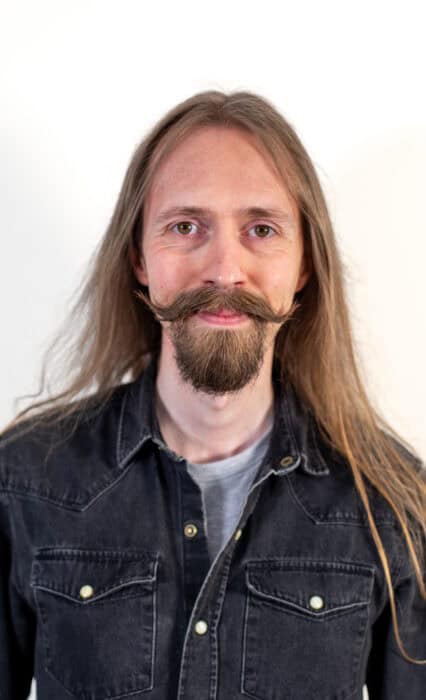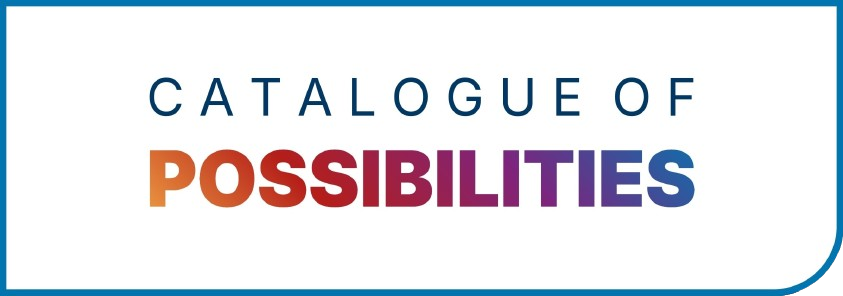Dr Paul Henderson

Lecturer in Machine Learning
Strategic Research Areas
My research passion is building machines that understand the visual world with minimal human input. More specifically, my group works on generative AI, probabilistic machine learning, and minimally-supervised approaches to 3D computer vision. This is a mixture of foundational research developing broadly-applicable boundary-pushing methods, as well as concrete and useful applications in healthcare, cultural heritage, and the physical sciences. Technically, it leverages diverse techniques from machine learning (e.g. probabilistic generative models and variational inference), computer vision (e.g. AI-based 3D reconstruction methods), and computer graphics (e.g. neural representations of geometry and materials).
My group collaborates with several teams within the University and more broadly. In physical sciences, we have recently worked on projects in Bayesian inference for condensed matter physics and gravitational wave detection, with ongoing work on 3D reconstruction for planetary imaging. In digital cultural heritage, I was a winner of the Vesuvius Challenge, on virtual unrolling of 3D scans of ancient scrolls. In healthcare, I worked for a medical imaging start-up for several years, and my group now collaborates with NHS clinicians and researchers on fast tumour characterisation from imaging data, as well as spin-out company using AI and VR to accelerate surgical planning.
I am committed to diversity in research, as evidenced by the composition of my research group, in terms of gender (equally balanced), ethnicity (over 80% non-White) and nationality (six countries). This makes for a wonderfully diverse lab, and I am dedicated to keeping it this way. The philosophy of DiveIn CDT is a perfect fit with this, through its focus on creating a inclusive environment that fosters excellence in all.

